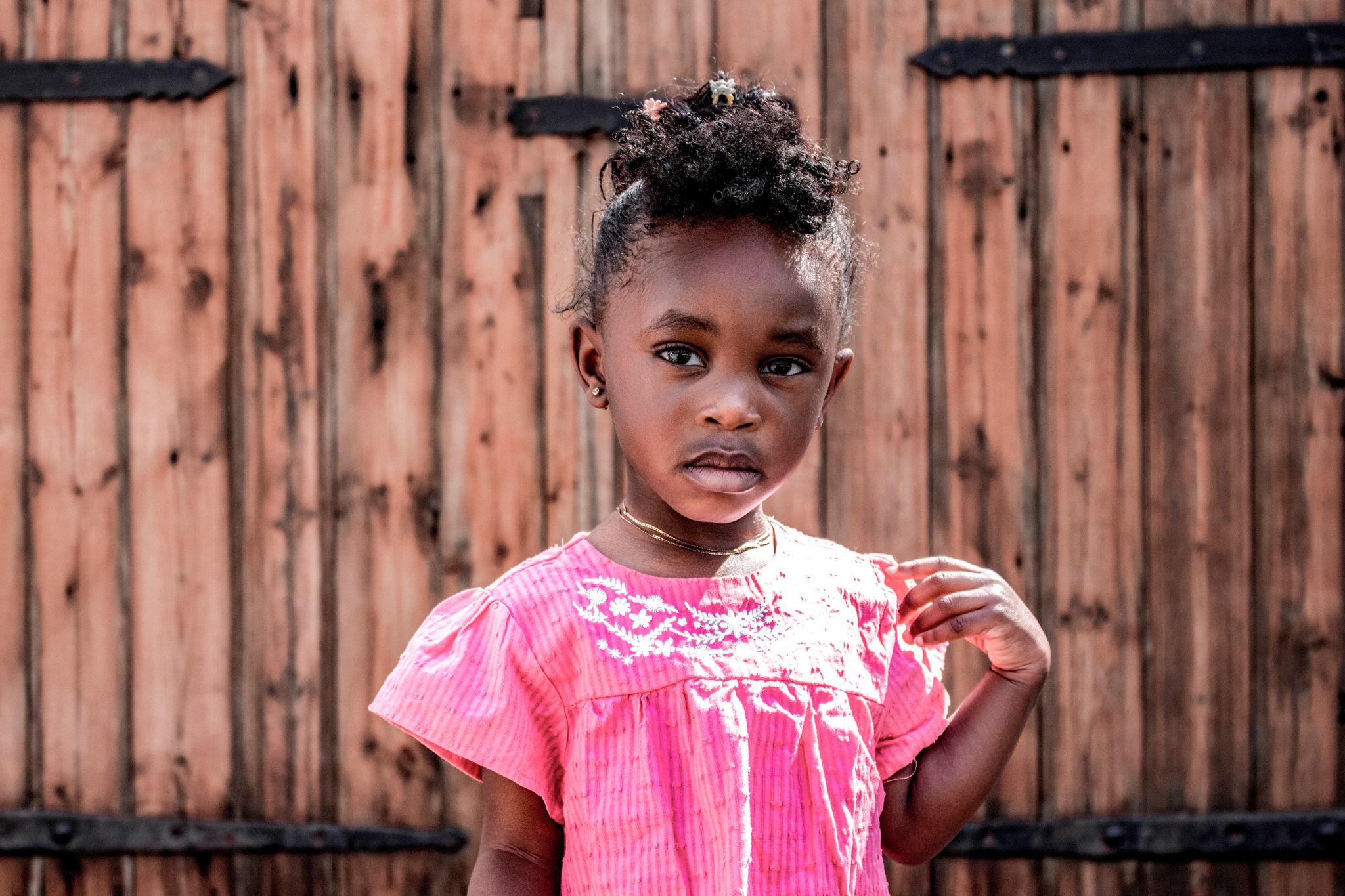Sensitive content
This site contains sensitive content that includes references to sexual violence.

Every minute, 23 girls marry before the age of 18. It is achievable to end child marriage, if its core drivers common to FGM and other harmful practices, are addressed simultaneously.
When we address the stigma, shame, and silence around sexual violence against children, we can unlock crucial conversations around all forms of violence against children, adolescents, and youth; the intersections of violence against children with violence against women and other marginalized groups; and the systems of oppression that undergird violence in all its forms.
We know that there is no single panacea, we need an holistic approach to preventing and addressing sexual violence against children as a broader issue.
"To address child marriage we need to simultaneously address female genital mutilation, early and unintended pregnancy, and the unequal and harmful gender norms that drive them: gender inequality, poverty, and lack of educational access for girls."
Providing support to survivors of childhood sexual violence and child and early and forced marriage is a core focus of our mission. Safe spaces, counseling, and legal resources create a protective ecosystem, fostering resilience against sexual violence in its many forms.
"Survivors have a unique understanding of the problem because of their lived experiences. This means their solutions to addressing this issue should be heard, and they should be meaningfully involved in the subsequent program designs and implementation. Many have even achieved professional qualifications in pursuit of justice. We can't successfully address child marriage as a form of sexual violence against children, if we don't include the survivors of child marriage as experts in this issue."
Along with centering survivors, strong grassroots organizations and campaigns are vital for shifting norms, informing communities about the harms of sexual violence, and reducing tolerance for practices like child marriage. By fostering a culture of child protection, our community outreach work reduces the risk of forced marriages.
Advocacy on ensuring support services for survivors of childhood sexual violence and child marriage is vital. This includes safe spaces, counseling, and legal resources to create a protective ecosystem, resilient against sexual violence in its many forms.
Comprehensive legal frameworks and enforcement are essential to protect children from all forms of sexual violence. Unfortunately, in many countries, legal responses to child marriage fall short.
"Perpetrators are often charged under defilement or rape laws rather than child marriage legislation. This gap limits the effectiveness of legal protections for children, as child marriage is often not directly addressed within the law as a form of sexual violence."
Through our advocacy we bridge this gap by promoting survivor-centered policies that clearly recognize and penalize child marriage, helping ensure that children are safeguarded under laws that address the full scope of their vulnerability.
We see particular reason to hope as we witness an ongoing paradigm shift in terms of whose voices are brought to the table, centered, and amplified. We see increasing efforts among the communities here - civil society, academia, the non-profit sector, multilaterals, governments, and donors to do this.
The more we work to center the voices of those most impacted by issues like child marriage, and the more we work to respond to their expert perspectives and demands, the more real progress becomes.
